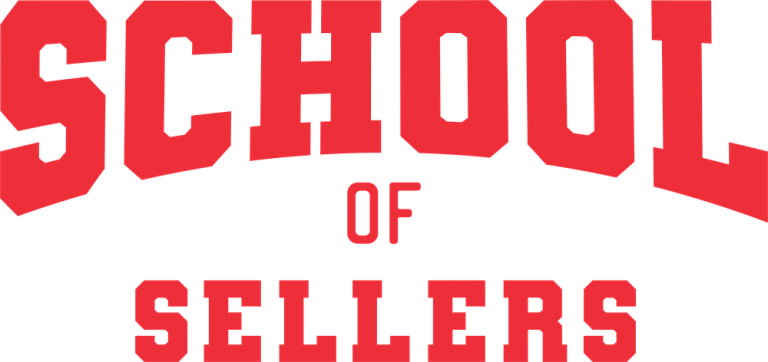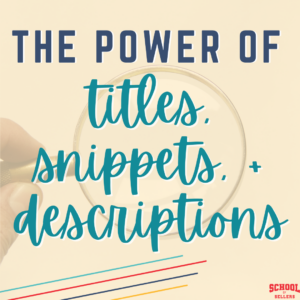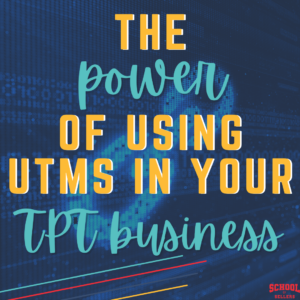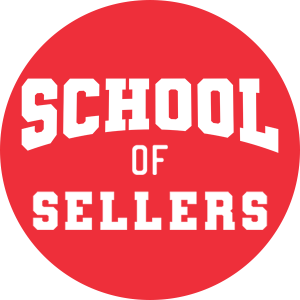If you haven’t already read our other post about how to add value to your TeachersPayTeachers store, or you just need a refresher, you should go back and do that now. In the previous post, I discussed what adding value to resources even means, why you should be doing it, and some things to consider along the way. Now I’m back with even more ways to add value to your TpT resources, so let’s jump right in! As you read through the suggestions, you may want to take notes. I’ve created another handy mind mapping organizer to help. Just fill out the form below to join our email list and get access to the free mind map.
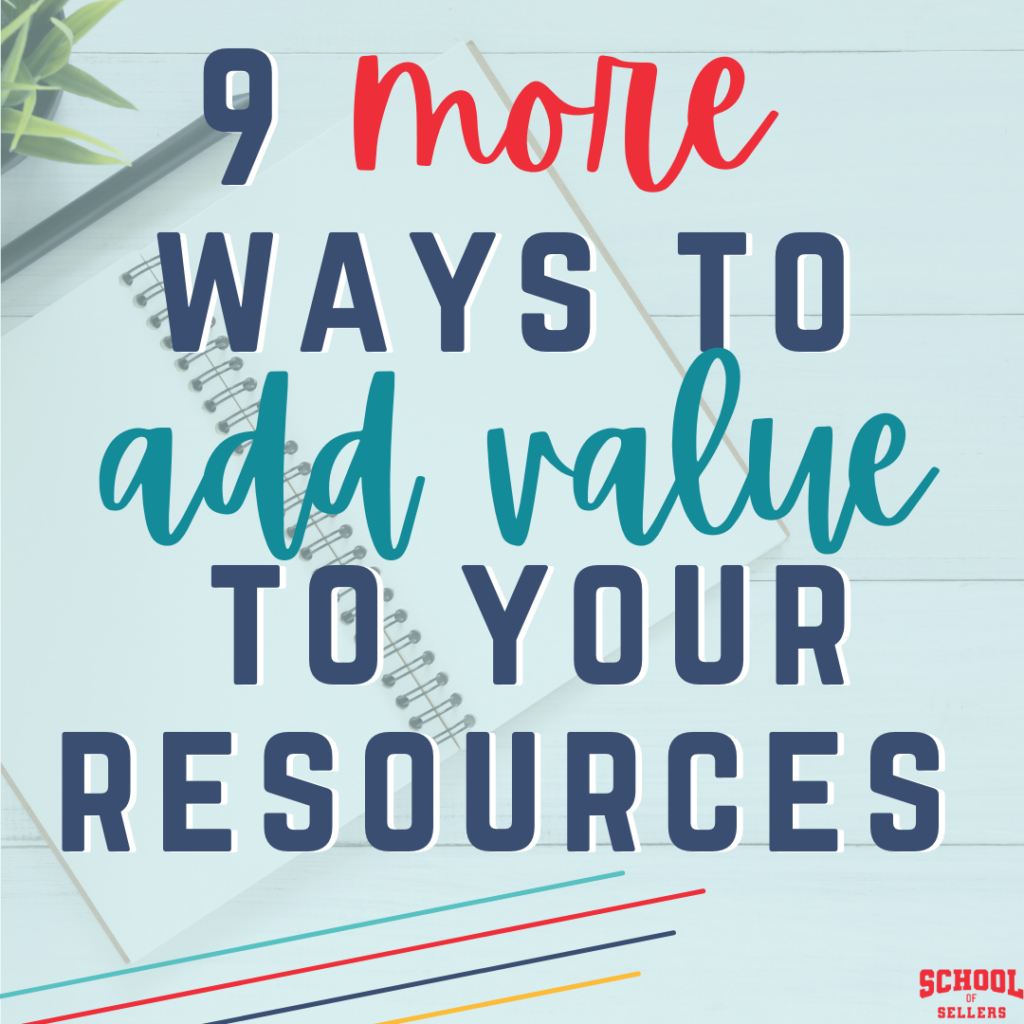
As an Amazon Associate, I earn from qualifying purchases.
9 More Ways to Add Value to Your TpT Store
1. Teacher notes
Sometimes teachers just want a little extra information about how to best use the resource. For example, you might provide teacher notes that include questions to ask during a read aloud of a children’s book. Or you might provide notes about how to best teach a particularly difficult concept featured in your resource. Teacher notes could also include a list of frequently asked questions from students and short explanations for how to address them. If your resource is something that will be used multiple times or that teachers may need to get other materials for, consider providing suggestions for how to store the different pieces. This is a great idea if you sell things like STEM challenges that often require additional materials.
Teachers also appreciate suggestions for ways to use the product that they may not think of themselves. For example, I have a set of Native American heritage coloring pages in my store, and one of my notes for teachers is an idea to have their students cut out the person after coloring it and glue them to a popsicle stick to make a very cute finger puppet. That’s a cool use a teacher may not have ever thought of! There are a ton of possibilities for what to include in teacher notes, but all of them will add value to your resource.
2. Digital options
Even before the COVID-19 pandemic began, more and more schools started providing electronic devices for students. That means more teachers are looking for resources their students can use on those devices. Creating entirely new digital resources is one option for your store, but you can also just add digital options for the resources you already have. For example, many sellers are turning their printable graphic organizers into digital graphic organizers that can be used on laptops and tablets by just overlaying text boxes over an image of the pdf.
Some sellers choose to list their digital versions as a completely separate product while others offer both in the same listing in order to provide multiple options to the same buyer. It’s up to you!
3. Editable resources
Another way to add value to your TpT products is to make them editable. Teachers love to tweak things to make them more suitable for their individual classroom contexts. Many teachers really appreciate it when you make your resources editable, but don’t necessarily feel obligated to do so. Also keep in mind that some clip artists do not want their images included in editable products, so make sure you read their Terms of Use. Many clip artists allow you to include their images as long as they are not movable or otherwise able to be manipulated.
One way you can keep both clip artists AND teachers happy is to only make some elements of your product editable. For example, you could secure the clip art by making it an unmovable image (a process known as flattening) and then also make editable text boxes that teachers could use in any way they saw fit. It’s actually really similar to the process of creating digital resources where you save an image as the background and then place text boxes on top. TpT also has a built-in digital overlay tool called Easel that can automatically be applied to your existing pdf resources.
4. Options for repeat use
We all know teachers spend a ton of money in our own classrooms. You can help teachers feel a little bit better about spending this money by suggesting ways that teachers can use your resources multiple times. This can be something really simple like suggesting that teachers print on cardstock or place the handouts in these environmentally friendly dry erase pockets so they can turn printed pages into reusable sheets.
If you want to take it further, you can adapt your normal handouts into task cards or another format that teachers could then laminate and use over and over again. Turning worksheets or question handouts into task cards instead can also help cut down on the number of pages that need to be printed if you fit multiple task cards on one page. Saving teachers time AND being environmentally friendly? That’s a great way to add value to your TpT store!
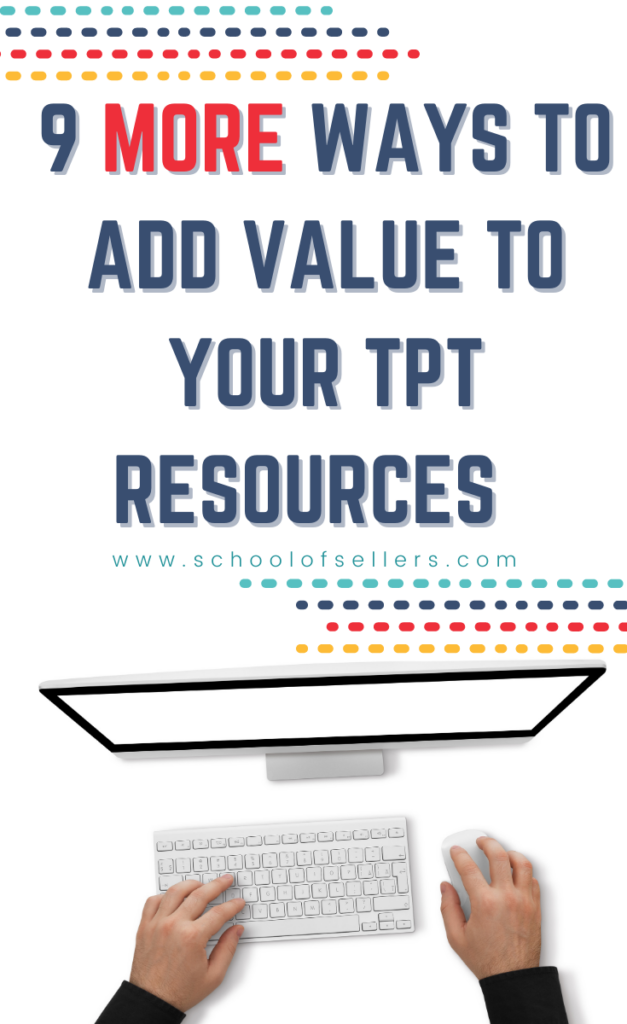
5. High-quality clip art, fonts, borders, and other design elements
One reason that teachers look on TpT for resources instead of just getting everything from their coworker down the hall is because the resources on TpT are often much more visually appealing and professional looking. Successful sellers help set their resources apart by using high-quality design elements. Adding these additional components can transform a boring handout into something that will keep students more engaged and on task. And that’s something your customers are happy to pay for!
6. Pictures or video showing resources in action
Sometimes seeing a resource in action is really helpful for both teachers and students. If you have a product that requires some set up or lots of preparation beforehand, adding pictures or a video outlining the steps would be really helpful. This is also a good idea for resources like games where teachers and students may not already be familiar with how they’re played.
You can see an example of one way to show your resource in action by checking out our digital teacher seller planner listing on TpT. Notice how the thumbnails show the planner on an ipad, and you can see what it looks like using Goodnotes in the video preview.
If you’re a clip artist or font designer, I would definitely consider showing your resources in action. I feel like I’m terrible at design, so it’s always helpful for me to see how frames, decorations, etc. could be used in my products, thumbnails, and previews.
7. Student AND teacher directions
I usually remember to add directions for teachers, but I sometimes forget to add directions for students. You can save teachers time by providing sample text they could use to introduce the activity to their students. Since I like to let my customers decide how they want to use my resources as much as possible, I try to keep any student directions editable and separate from the resource itself if possible.
Another way to share student directions is to create a presentation that is used to explain the activity and when they are supposed to complete certain steps. For example, a presentation for a kindergarten activity could have fun visuals like a crayon, scissors, and glue that lets students know when it’s time to color, cut, and glue.
8. Hooks, anticipation guides, advance organizers, anticipatory sets, or whatever else we’re calling them these days
A hook is a short activity used at the beginning of a lesson in order to help capture students’ attention and get them thinking about the material being discussed. They can be great ways to add value to your TpT products because they activate prior knowledge, build interest, set a purpose for learning, and help keep students motivated and engaged in the lesson. Most teachers I know would definitely be willing to pay a little extra for that! Hooks are also great because they can be used for bell ringers or warm ups too.
9. Best practices and research-based ideas
A powerful way to set your resources apart from others on TpT is to show how they’re supported by the latest research and best practices in the field of education. Not only can this help convince people to buy your resources in the first place, but teachers will love having this information for their principals too. Imagine an administrator walks in for a surprise visit and one of your customers is using the research-based product they bought from your store. Just think how proud they’ll be to tell their administrator how the resource aligns with current best practices. That’s the kind of thing that would get you the BEST feedback!
*Bonus Tip for Adding Value to Your TpT Store: Alignment to Standards
Speaking of administrators, a current best practice they’ll always be looking for is alignment to standards. Because of this, you should try to be as clear as possible about the standards that your product meets (and/or works toward) in both your product description and the product itself. Remember that with the addition of programs like TpT School Access, more and more administrators are looking at our TpT resources and determining which ones they want to use school funds to purchase. Help make that decision easier by being extremely clear about the standard(s) the resource covers and how your resource explicitly meets the standard.
Consider Your Niche As You Add Value to Your TpT Store
If you’re feeling overwhelmed with all of the ways to add value to your resources, just remember that including even one or two of these ideas (and the ways to add value to your TeachersPayTeachers store I shared before) can add real value to your store and help increase your earnings.
As you’re considering which of these ideas make the most sense, it’s important to consider how some of them might be influenced by your niche. For example, a PreK resource probably won’t need written directions for both teachers and students since the teachers will likely be giving all directions orally. On the other end of the spectrum, a high school resource probably won’t need additional design elements to make it look cute. In fact, clip art and non-standard fonts may be a turn off for some buyers. It’s important to think critically and ask yourself which options would be most appealing to your target audience.
Remember to Make Sure Customers Know What’s Included
It doesn’t make a lot of sense to add these elements to your products if your potential customers aren’t aware of them. I recommend taking notes about changes you want to make using the free mind mapping organizer (fill out the form below). Think through what value your additions provide for teachers and students, and use those thoughts to add information to your product descriptions.
Do you have any questions about any of these ideas? Are you finding any of them difficult to implement? Do you have any other ways you like to add value to resources? I’d love to hear from you in the comments!

Let’s connect! Follow us on the podcast, the Facebook group for new sellers, the Facebook group for established sellers, YouTube, Instagram, and TikTok!
